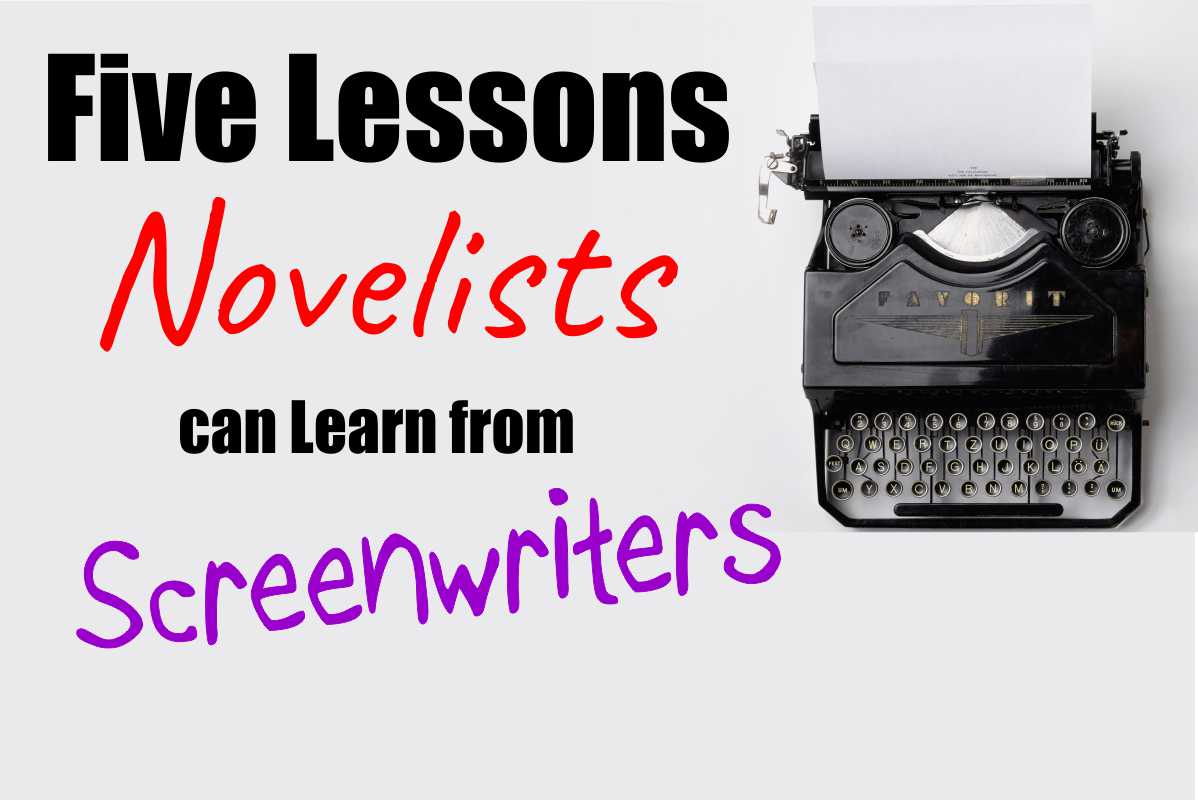It’s common knowledge that successful screenwriters have several hard and fast rules they try to adhere to, in the hope of success. If you are starting to write a novel, there’s a great deal you can learn by exploring these rules. And if you have already written a novel, testing your work against these rules is a great way to identify structural problems with your story.
- Enter a scene at the last possible minute, and get out as soon as you can.
I know from my work as an editor that as writers, we have a tendency to amble towards story, and we are also not the best judges of when to bring a story to an end. Apply this rule to your scenes, chapters and to your novel as a whole and you will be sure to place the reader exactly where they want to be: right in he heart of story. - Think visually!
Film is a visual medium, that’s obvious. Less obvious is the fact that successful novels are visual, too. SHOW, don’t TELL. You’ve heard that before, right? It’s simple to understand, and not always easy to apply. Whenever possible, describe what you see. Don’t tell us a character is angry, place them in a scene where you can demonstrate not only their anger, but how that anger impacts the story. And because we are writing a novel, not creating a screenplay, ‘showing’ can be more than just visual. You can make use of all the other senses, too. - Use the Five Act Structure
The best description of the inner workings of the 5-act structure can be found in John Yorke’s book, Into the Woods, which cites more films and plays as examples than it does novels, but is compulsive reading for anyone interested in novel structure.
Act One contains the inciting incident and the doorway moment; the protagonist is plucked from their ‘status quo’ into story.
In Act Two, everything appears to go well for a while, and the protagonist has time to make mistakes and learn from them. This is also where the mentors, allies and antagonists are pulled into focus.
In Act Three everything begins to fall apart. The character’s objective begins to seem impossible to achieve. The midpoint of the story occurs here, and the protagonist unlocks truths without which they cannot succeed.
In Act Four, everything gets as bad as it can possibly be – and the protagonist reaches their lowest point just prior to the climax.
Act Five is the reversal. The hero achieves their goal against all the odds, though significantly, their ‘goal’ may not be what they originally understood it to be. They return to the ‘ordinary world’.
- Create flawed heroes who adapt and transform
Everyone is imperfect, so it sounds to sense your characters should be, too. But their faults are more important than you realise. We should see our own failings mirrorred in theirs, and the flaws you give your characters should serve the story, too. Often it is because of their flaws that your character struggles to meet their objectives – and equally it is because they come to terms with their flaws that they are ultimately able to succeed. - The setting of a story should be dynamic, exciting and contribute to the tension of the story
Every good screenwriter knows this. A coffee shop that is’ just a coffee shop’, is uninteresting. But a coffee shop that is filthy, or in a state of disrepair, in a crime-ridden neighbourhood or with décor that reflects the eccentricities of the owner… that’s interesting. No coffee shop is ‘just’ a coffee shop. Find the quirky, unique, bizarre, threatening, appealing or dangerous elements of a setting, and you have a dynamic place in which story can unfold. Which would you rather watch: an argument between two characters waiting for a bus, or an argument between two characters on a roller roaster, as it shunts slowly to the top of the track and prepares to loop the loop?
Syd Field, Robert McKee, Joseph Campbell and John Yorke are essential reading for screenwriters – and equally important for novelists. Read their books, compare their respective analyses of story structure and you’re well on the way to creating a plot that truly works.




